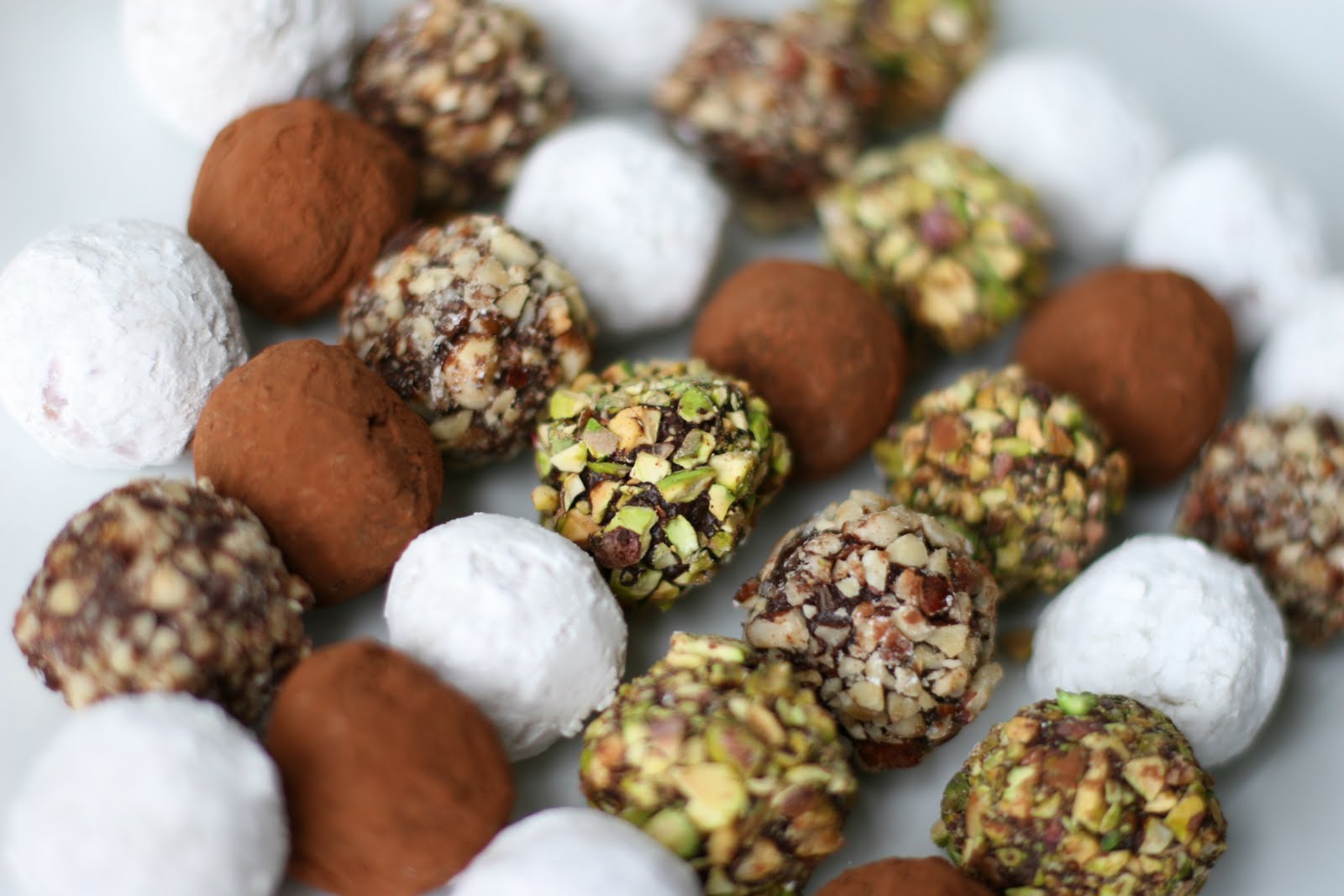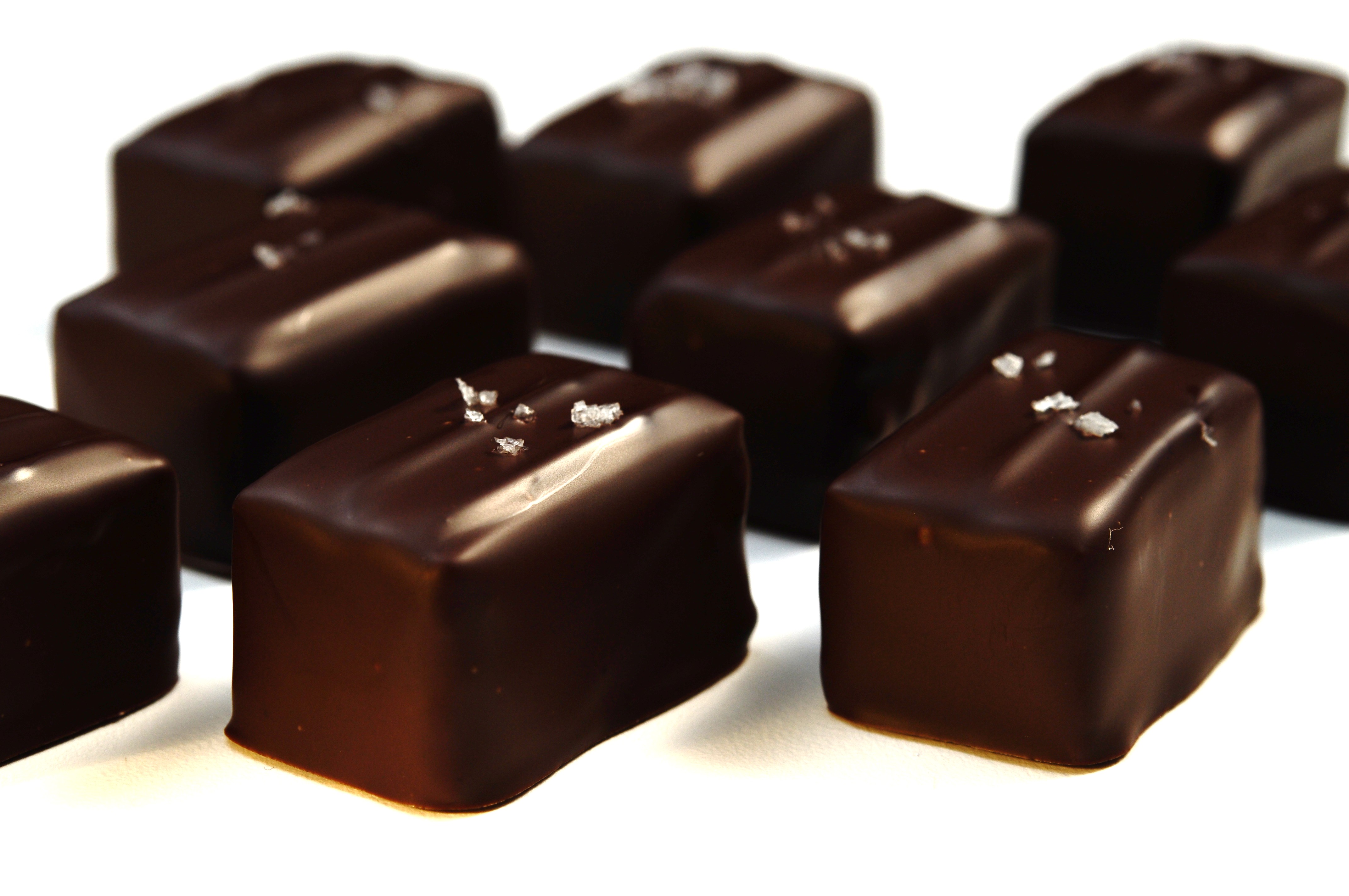From: FOOD Nov 2012
Cacao
 |
| Cacao Fruit and Seeds |
Refers to the cacao tree and also to its bean-like seeds from which cocoa, cocoa butter and chocolate are made.
Cocoa Butter
It is the cream colored fat extracted from cacao seeds that is used for adding flavor, scent and smoothness to chocolates.
Cocoa Powder
The powdery remains of chocolate liquer after removing the cocoa butter.
Conching
The process where chocolate is kneaded, massaged and plowed back and forth through liquid chocolate to smoothen the chocolate. The speed, temperature and length of the process determine the chocolate's final texture and flavor.
Couverture
High-quality chocolate made with extra cocoa butter for high gloss; used for covering chocolates and cakes.
 Criollo
Criollo
One of the three Theobrama cacao tree varieties, Criollo is the most rare and expensive. Criollo cacao beans have the most delicate flavor and are highly prized by chocolate manufacturers.
Dutch Process or Dutching
The treatment of cocoa mass with alkaline salts to make the cocoa powder less bitter and easier to mix into warm water.
Fondant
Extremely smooth chocolate; also the French word for dark or pure chocolate.
 |
| Ganache |
Ganache
A mixture of chocolate and cream that is used for a filling for truffles, cakes and tarts, or as a glaze poured over cakes and pastries.
Praline
Can refer to any filled chocolate, or also to the filling of the chocolate.
Tempering
The process of bring chocolate to a certain temperature so that the cocoa butter reaches its most stable crystal form.
Truffle
Ganache formed into balls and dusted either with cocoa powder, finely chopped nuts or chocolate pieces.
 |
| Pralines |
 |
| Truffles |













